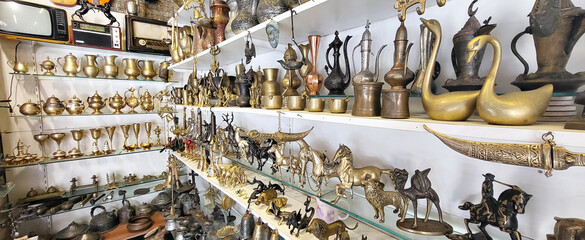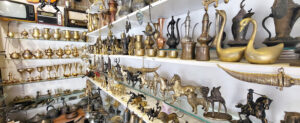Culture in Antiquity

The word Antichità is derived from the Old French word antiquities, which means olden times. It is also derived from the Latin word antiquitatem, which means “ancient times,” “venerable,” or “anciently ancient.” The term is also used to describe old things or relics from ancient times and anything that is not modern. This article explores the cultural heritage of these ancient peoples.

The culture of ancient times had a profound influence on world culture and religion. It shaped countless domestic ideas about man and god. This civilization also cultivated an extremely anthropomorphic conception of nature. Its polytheism reflects the national characteristics of the whole cultural development of this region. The gods are generally anthropomorphic, with their appearance and behavior reflecting that of humans.
The Greeks made extensive use of oracles, priests at specific shrines, who would utter messages from the gods while in a trance. Individuals, politicians, and military commanders often sought advice from oracles. Aside from oracles, Greeks used to consult the gods on various matters and make important decisions. Their gods had a special role in Greek culture and life.
The Greeks had a unique culture of drama. Greek dramas were a combination of tragedy and comedy. By the 5th century B.C., the art of Greek drama had matured. Aeschylus reduced the importance of the chorus and placed emphasis on individual actors, and he encouraged dialogue. These innovations were taken up by Euripides and Sophocles.
Ancient Roman culture in antiquity refers to the traditions and culture of the Roman Republic and the Roman Empire. The culture of the Romans has influenced nearly every aspect of modern western culture. Ancient Rome was home to an extremely rich and varied civilization. Here is a quick look at some of the most significant aspects of Roman culture in antiquity.
Ancient times were deeply religious. The collective piety of the Roman people contributed to the city’s rise as a world power. Many religious institutions were rooted in legend, such as the famous Numa Pompilius, the second king of Rome, who had a direct dialogue with the Gods. This archaic religion became the foundation of “mos maiorum,” or ancestors and traditions.
Ancient Romans also categorized their citizens according to class. The plebeians wore coarse dark-colored cloths, while the patricians wore linen-like fabrics. The senators, who were elected every year, were the ruling body of the state. Civil wars broke out between 100 B.C.E., but they were halted by Octavian’s victory over Mark Antony at the Battle of Actium in 31 B.C.E.
Throughout the ancient world, the Greeks cultivated the concepts of beauty and the virtues of virtue. The concept of beauty was an important component of their philosophy, and it began to crystallize during the Archaic period (6th – 4th centuries B.C.). Though Greek philosophers would later define beauty as a combination of physical beauty and virtues of the soul, the Greeks continued to strive for beauty as a form of virtue, as evidenced by the sculptural works of this period.
Greek art flourished in the eastern Mediterranean after the death of Alexander the Great in 323 B.C.E. While some pieces followed the Classical style, such as Eutychides’ Tyche of Antioche, others sought to capture movement and emotion. One example of the latter is the Great Altar of Zeus at Pergamon.
Greek soldiers would have been identified by their hometown cities. The Ionians were another religious and linguistic subgroup. Greek soldiers from these cities would not be allowed to enter the sanctuaries of the Ionians. An inscription from the 5th century shows that this was the case.
During the time of the ancient Greeks, art flourished, where artists continued to develop their crafts and skills, combining storytelling with art. They also created more realistic depictions of human figures. In the early Hellenistic period, there was a steady increase in prosperity and trading links, resulting in the widespread export of Greek art.
During the fifth century B.C., relief carving became common. Relief images are more beautiful and impressive than intaglio. Reliefs were used for seals, and the image was visible to the recipient of the letter or document. Later, reliefs were too large to seal letters, but the owner would still keep the image. The inscriptions were in reverse and were often only readable by reading an impression or by looking from behind.
Greek art was influenced by the philosophy of Aristotle and Plato. In 387, Plato established an academy in Athens. This academy ushered in new ways of thinking about art. The importance of reason and knowledge became more apparent. The Greeks also began to emphasize the human body in its natural proportions.
